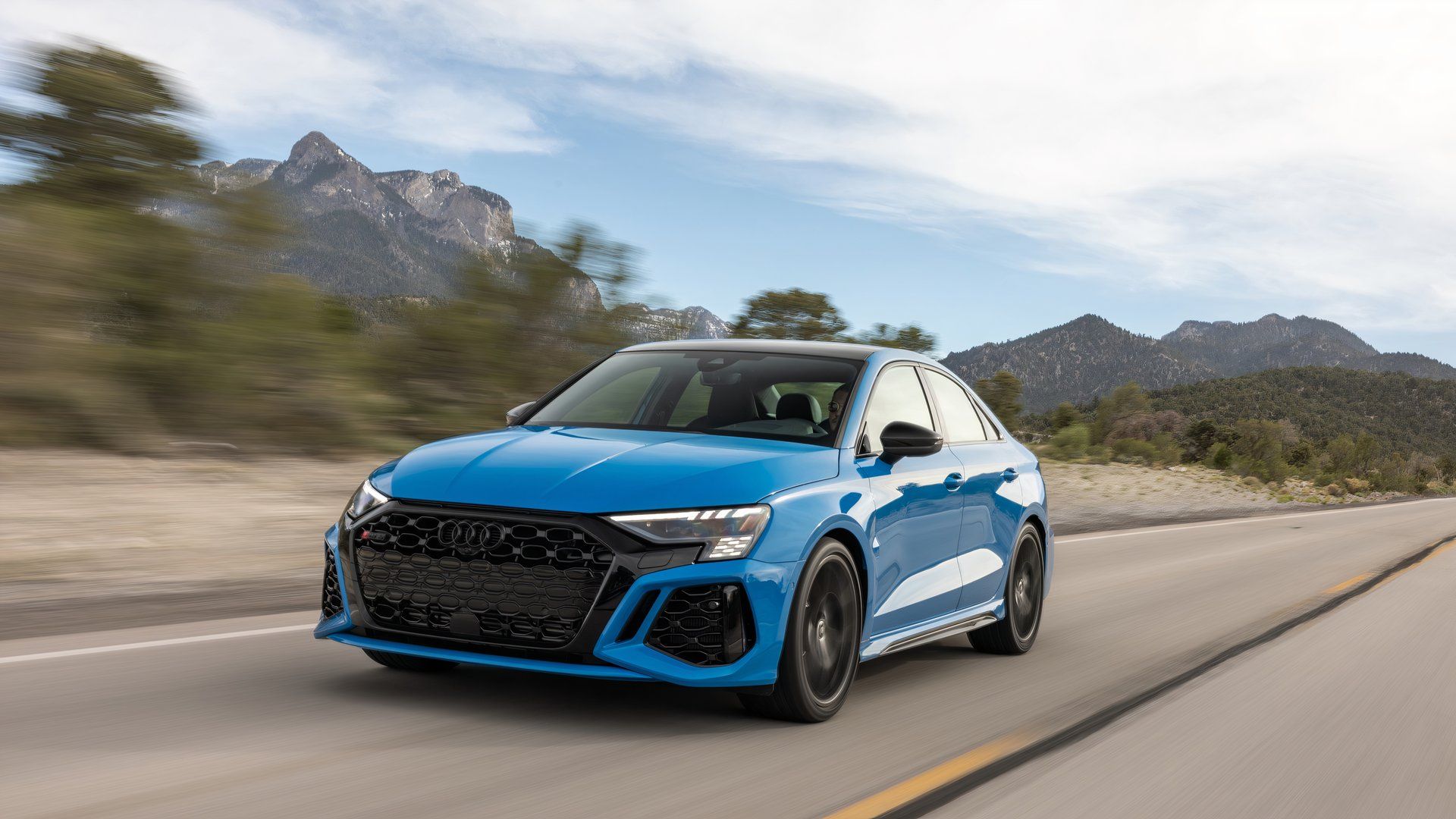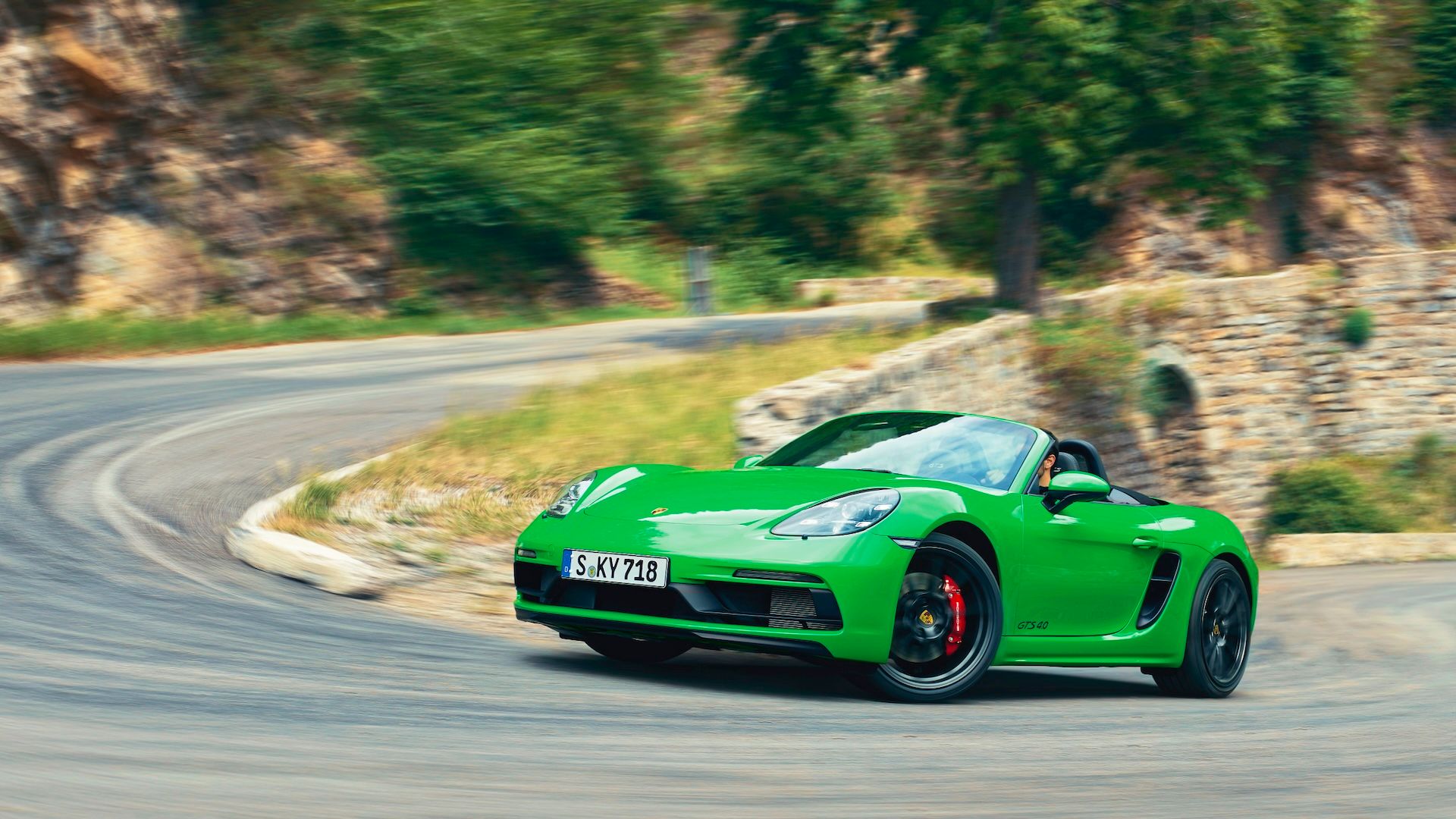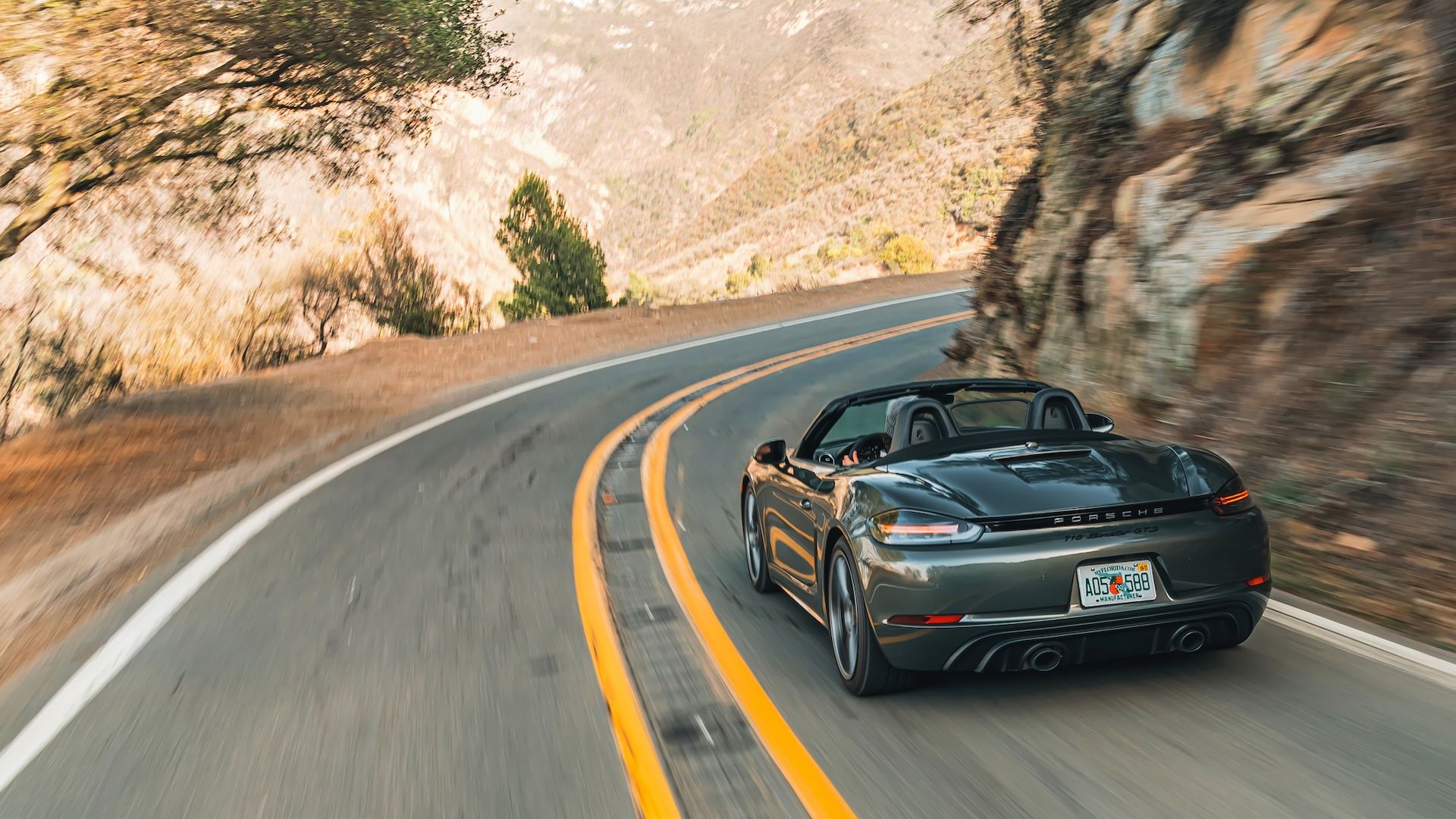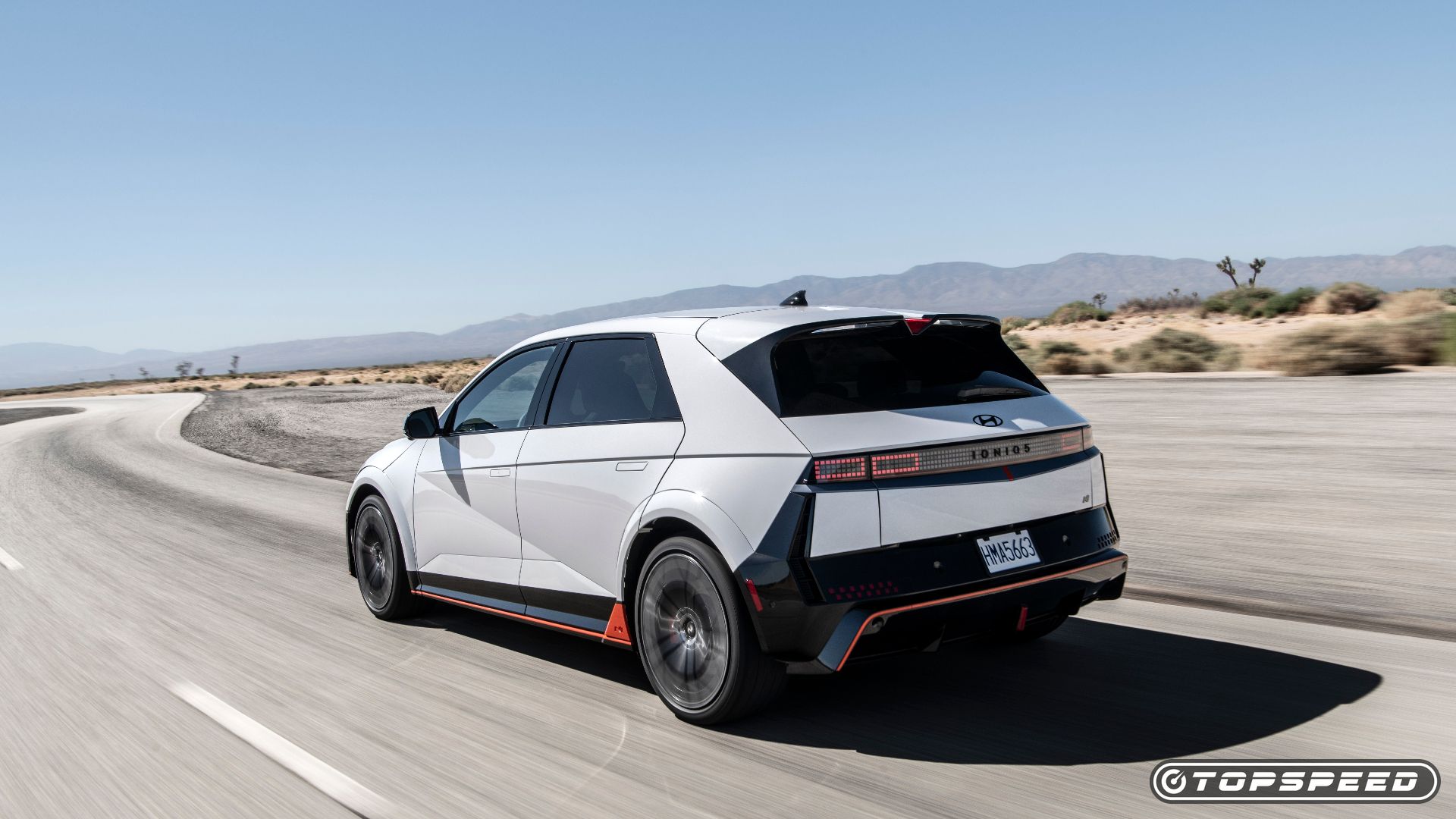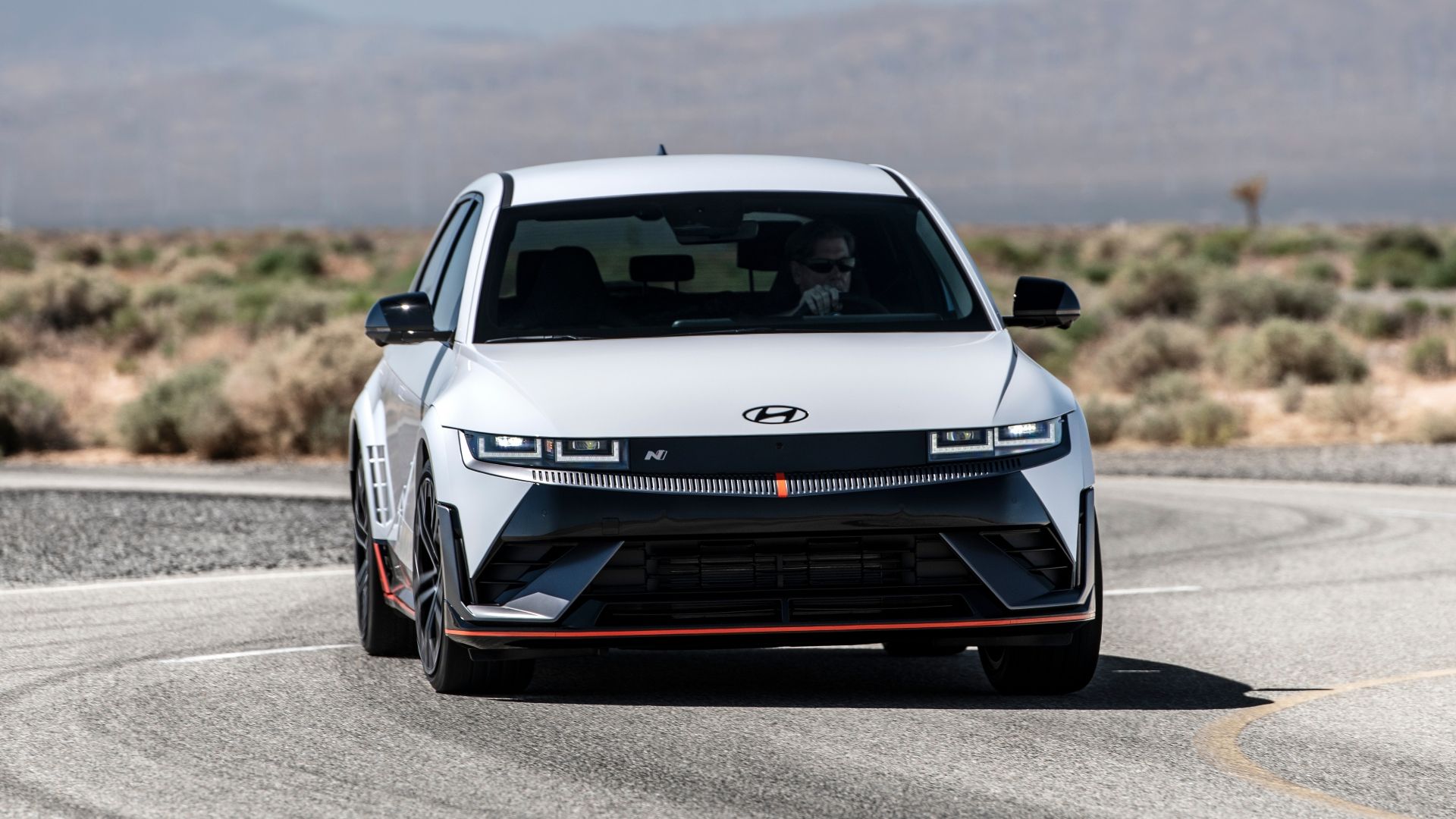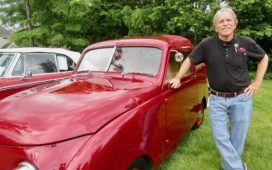This past winter I, TopSpeed Journalist Michael Frank, bought an old car. Mind you, it’s not a sports car. It’s a 1979 Volvo 245 wagon. This isn’t the venue to explain precisely why I bought that car, but I’ll give you one reason: it has a four-speed manual. And I missed having a shift knob.
Nope, this “brick,” though lowered and fully fettled with IPD suspension bits, isn’t remotely a sports car. But that gearbox is something I wanted. And yet … I’m here to argue that, just perhaps, the future of sports cars won’t require three pedals and a rod sticking up out from the floor. Here are three reasons, with vehicles to match, that bolster my argument. But … each entry is followed by TopSpeed Editor-at-Large William Clavey arguing the precise opposite perspective, with his own “evidence” in the form of vehicles, too, that repel the bullets I’m flinging at this fight. The best part is that you get to decide who’s right.
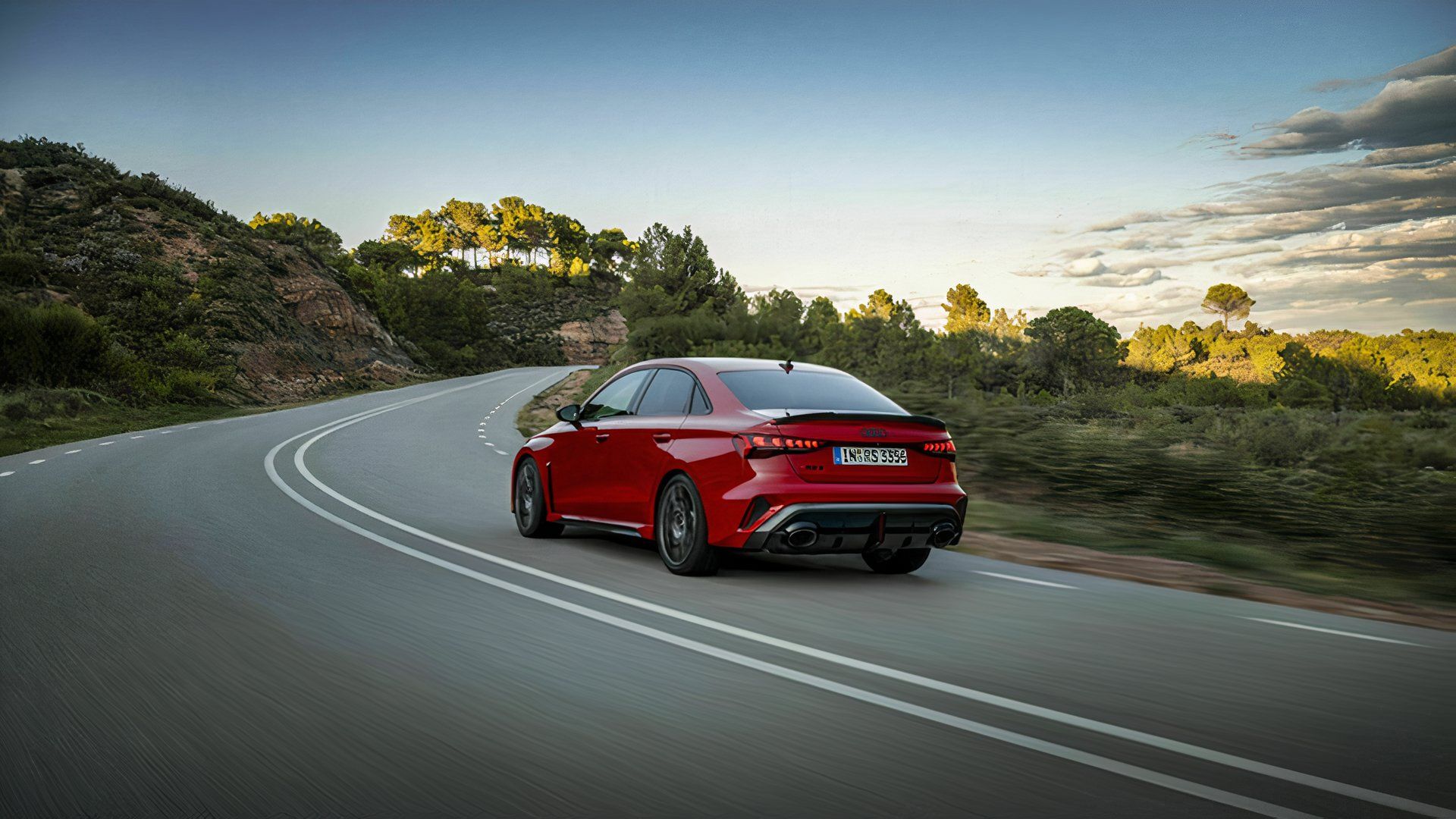
Related
The 2025 Audi RS3 Is More Expensive, But It Still Undercuts Rivals
Audi offers a great-driving sports sedan at a killer price, despite a higher point of entry.
You Cannot Out-Shift The Robots
Michael Frank: My “exhibit A” in this discussion is the very good Audi RS3, with its unique, 2.5-liter, 5-cylinder powerplant, Quattro all-wheel-drive, and an S-Tronic, seven-speed automated manual gearbox. It’s also known as an automatic, and this is Audi’s version of Volkswagen’s DSG.
This sedan is not a cheap piece of machinery. At $64,695, but with 394 horsepower, it’s plenty of fun, with Audi claiming a 3.6-second 0-60 MPH time. No, it’s not available with a manual gearbox, and here I’m arguing you wouldn’t want one. Because paddle shifting in a car like this enables getting the very most out of the Audi, particularly shifting right at redline without lifting (or allowing the car to automatically upshift), and downshifting ahead of a corner while still scrubbing speed with the brakes.
Yes, very fancy folks are quite capable of heel-toeing a delicate three-pedal setup, manning the brake and clutch simultaneously while modulating the throttle, but both in terms of sheer acceleration and getting the most from engine braking, you’re simply not going to be faster around a track — or winding esses in your neighborhood — with a manual gearbox.
Plus, here, Audi has implemented a trick setting that downshifts automatically with only minor throttle inputs, which means it’s back on the power quicker than you could ever achieve if you were swapping gears yourself.
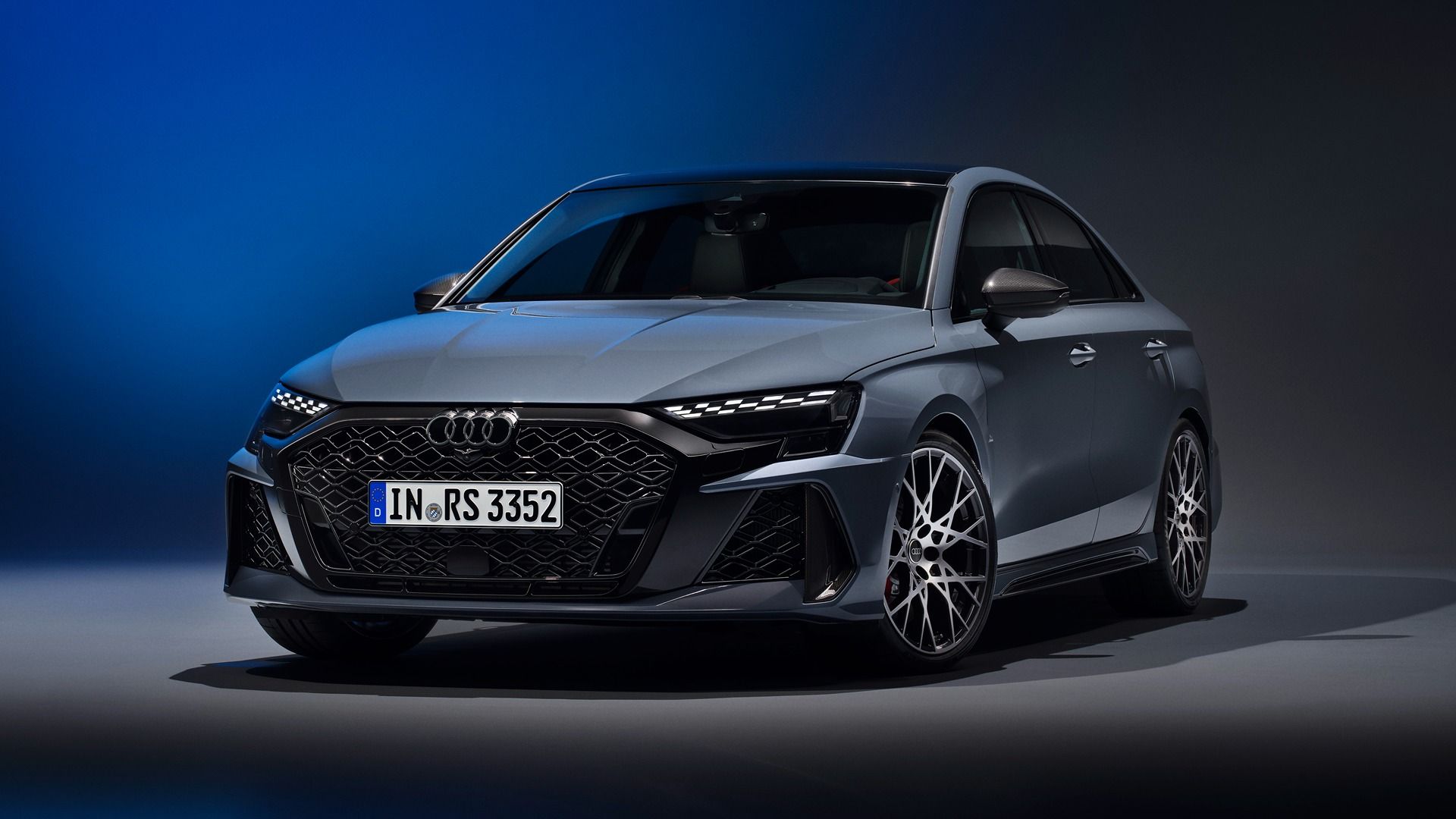

- Base Trim Engine
-
2.5L turbo Inline 5
- Base Trim Transmission
-
7-speed Dual-Clutch Automatic
- Base Trim Drivetrain
-
All-Wheel Drive
- Base Trim Horsepower
-
394 hp
- Base Trim Torque
-
369 lb-ft
William Clavey: Sure, an automated transmission is the weapon of choice on a racetrack because it’s “quicker,” but it’s not a guaranteed fact that the driver of the automatic RS3 will actually have the courage to push that car to its limits.
I’ve witnessed much braver and more experienced drivers circle a track faster with a manual transmission than some automatic cars. The beauty of a system like the RS3’s dual-clutch setup and all-wheel drive is that it’s a much easier machine to control, which allows its driver to focus on their lap time without worrying about what the drivetrain is doing. But I would argue that a talented and focused driver behind the wheel of a manually-equipped Volkswagen Golf R, which is the RS3’s little cousin minus its turbocharged five-cylinder engine, could pull a quicker lap time.
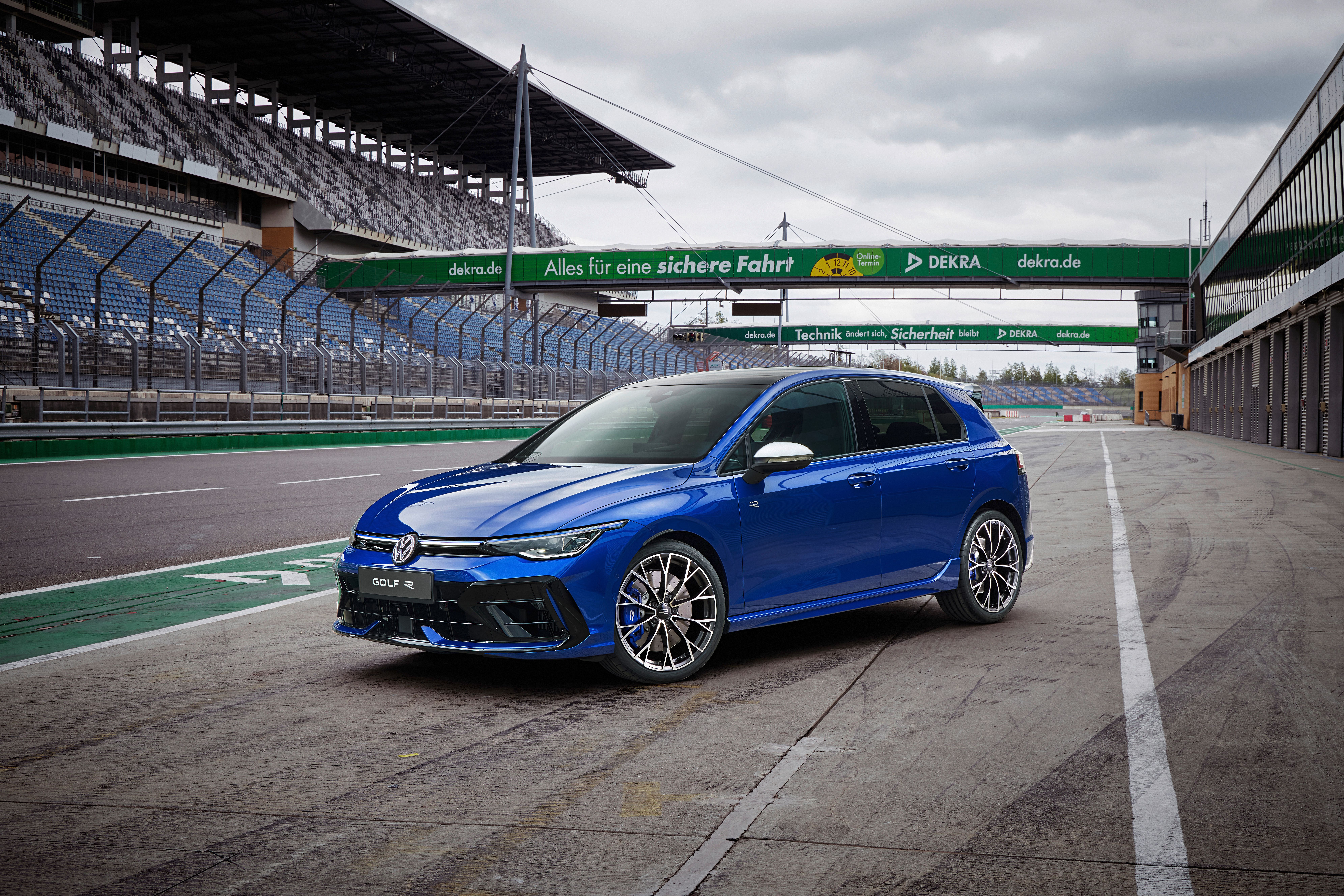

- Base Trim Engine
-
2.0L Turbo Inline-4 Gas
- Base Trim Transmission
-
7-speed Dual-Clutch Automatic
- Base Trim Drivetrain
-
All-Wheel Drive
- Base Trim Horsepower
-
328 hp
- Base Trim Torque
-
310 lb-ft
You Can Do Dumb Things With Manuals — That Technology Can Prevent
Michael: The Porsche seven-speed PDK dual-clutch automatic is one of the best automated manuals in existence. And it shines more with the GTS model of the 718 Boxster and Cayman, because those cars’ 394-horsepower, 4.0-liter flat six is a brawny engine that doesn’t nail peak power until very near the 7,000 RPM redline. Peak torque is at a robust 5,500 RPM.
Shifting and downshifting either into high RPM or from high RPM upsets a vehicle’s chassis. That’s just physics. Because these Porsches (sadly, now about to be discontinued) are also offered with a manual gearbox as well, there’s obvious room for debate about which is the better configuration.
But in very high-revving sports cars, one major advantage is having an automated gearbox that can mitigate the riot of forces upon down- or upshift. There’s simply less time when the car is out of gear, which means there’s less time when the chassis is rattled (dynamically speaking), which makes for a more neutral car in all circumstances, particularly when you’re at the apex of grip.
And while both gearboxes offer rev-matched downshifts, so you don’t have to be that deft with the clutch-shift-throttle interplay if you do get the three-pedal 718, only the paddle version will refuse stupidity. Meaning, it can prevent you from forcing a downshift when you’ll slay that very expensive engine, or torch the transmission.
And if all of that doesn’t convince you, the PDK version is faster to 60 MPH, and to every milestone above that speed.


- Base Trim Engine
-
2L H-4 ICE
- Base Trim Transmission
-
6-speed manual
- Base Trim Drivetrain
-
Rear-Wheel Drive
- Base Trim Horsepower
-
300 HP @6500 RPM
- Base Trim Torque
-
280 lb.-ft. @ 1950 RPM
William: There’s only one thing missing in your explanation here, Michael, and that’s the way the car feels from behind the wheel. Again, on paper, yes, a PDK-equipped 718 will be a sharper, quicker and more dumb-proof, but nothing will replace the satisfaction of shifting the gears yourself and dumping the clutch near the redline.
Yes, there’s more risk of breaking the machine (or yourself!) with a manual car, but that’s precisely the beauty of driving stick: you are in control of the machine, and you are accountable for anything that happens. It’s a thrill that not everyone is comfortable with, but if your goal is to extract maximum emotion from your experience behind the wheel of a sports car, then I say to you, my dear friend, go manual or go home.
A good reference point on the matter, for me at least, was when I had the opportunity to review the G80 BMW M3 in rear-wheel-drive guise with the manual transmission, followed by the all-wheel-drive, automatic M4 Competition.
Yes, BMW’s Competition models pack more horsepower and are equipped with launch control thanks to the grip provided by BMW’s xDrive all-wheel-drive system. And although the regular, RWD M3 “only” packs 473 horsepower, it’s still an intimidating machine to drive stick. Yet, BMW tuned the chassis, the suspension and the traction control system to make everything feel rather seamless and easy to drive. So, while blasting out of the hole with the automatic M4 was highly effective and ridiculously fast, it’s the manually-equipped M3 that remains the most memorable one because of the way it felt.
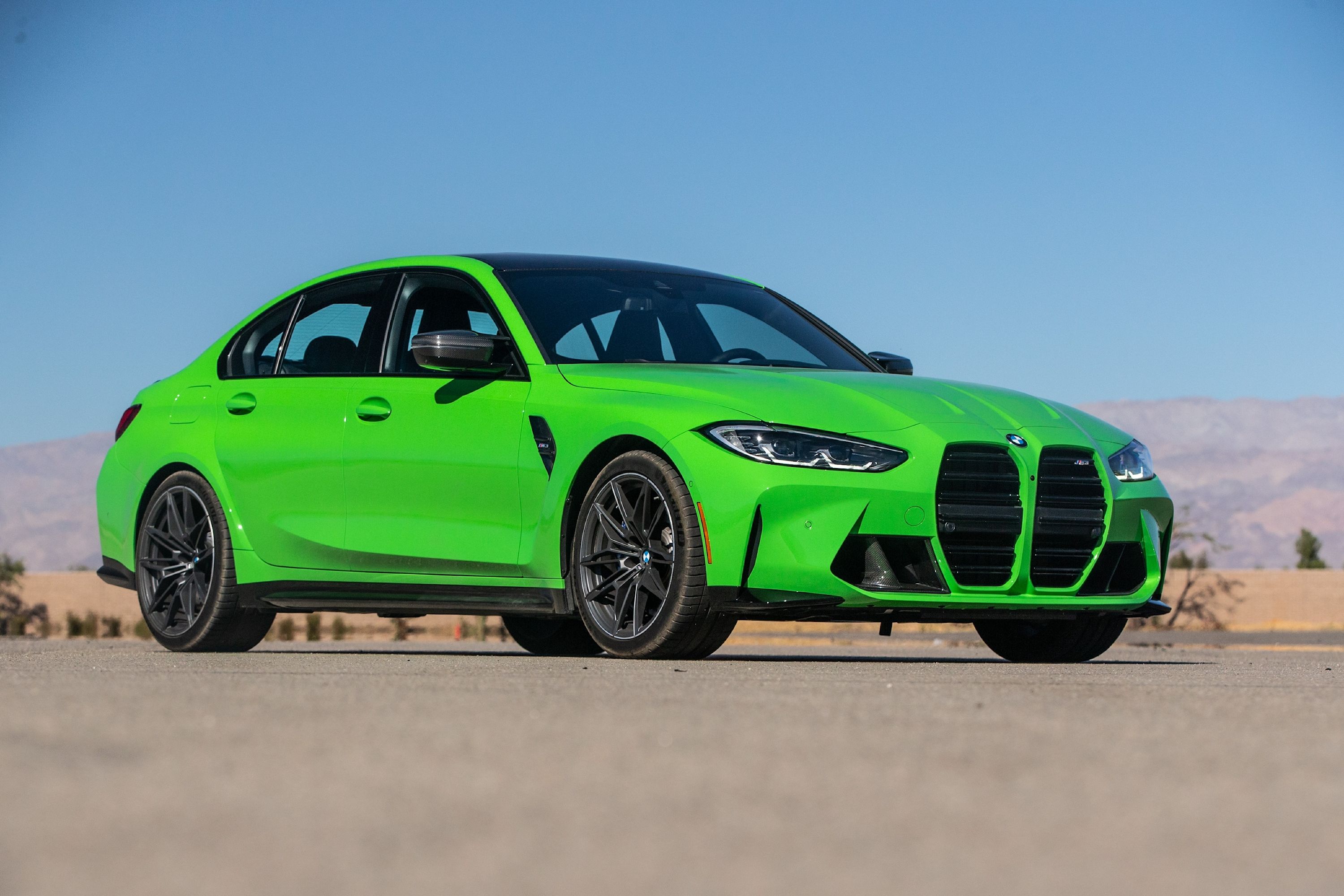

- Base Trim Engine
-
3.0L Twin-Turbo Inline-6 Gas
- Base Trim Transmission
-
6-Speed Manual
- Base Trim Drivetrain
-
Rear-Wheel Drive
- Base Trim Horsepower
-
473 hp
- Base Trim Torque
-
406 lb-ft @ 2650 rpm
Traffic — And The Future
Michael: Sorry, life isn’t driven on TikTok. And IRL, there’s an evil creature known as traffic. If you’ve ever muscled the heavy clutch of a “fun” sports car through an endless, blood-red sea of taillights stretching to the horizon, you know precisely why manuals aren’t the answer. Okay, it’s totally understandable why Nissan is killing its five-speed stick in the Versa, which previously had been the cheapest version of that car, but fewer than five percent of buyers wanted a Versa that they could shift themselves. We’d be way more bummed if Honda killed the six-speed in the Civic Si.
But there’s another case to be made here: EVs. What’s possible there is on full display with the Hyundai Ioniq 5 N, which has simulated “manual” shifts with its paddles (which are otherwise used to add regen braking). Plant your right foot and don’t lift. Now rifle through the paddles as you accelerate. The car feels like it’s up-shifting, complete with a very entertaining “shift shock,” as you access all 641 horsepower and sprint to 60 MPH in a mere three seconds.
You can also send maximum power and 561 pound-feet of torque to its rear axle. A drift mode mostly disengages stability and traction control, so you can smoke the rear rubber to your heart’s desire (and your wallet’s massive displeasure). The result is a super-entertaining car that can out-drift anything that runs on gas. And if you get stuck in traffic, it drives just like a slushbox, sparing your left thigh the work of depressing a clutch.
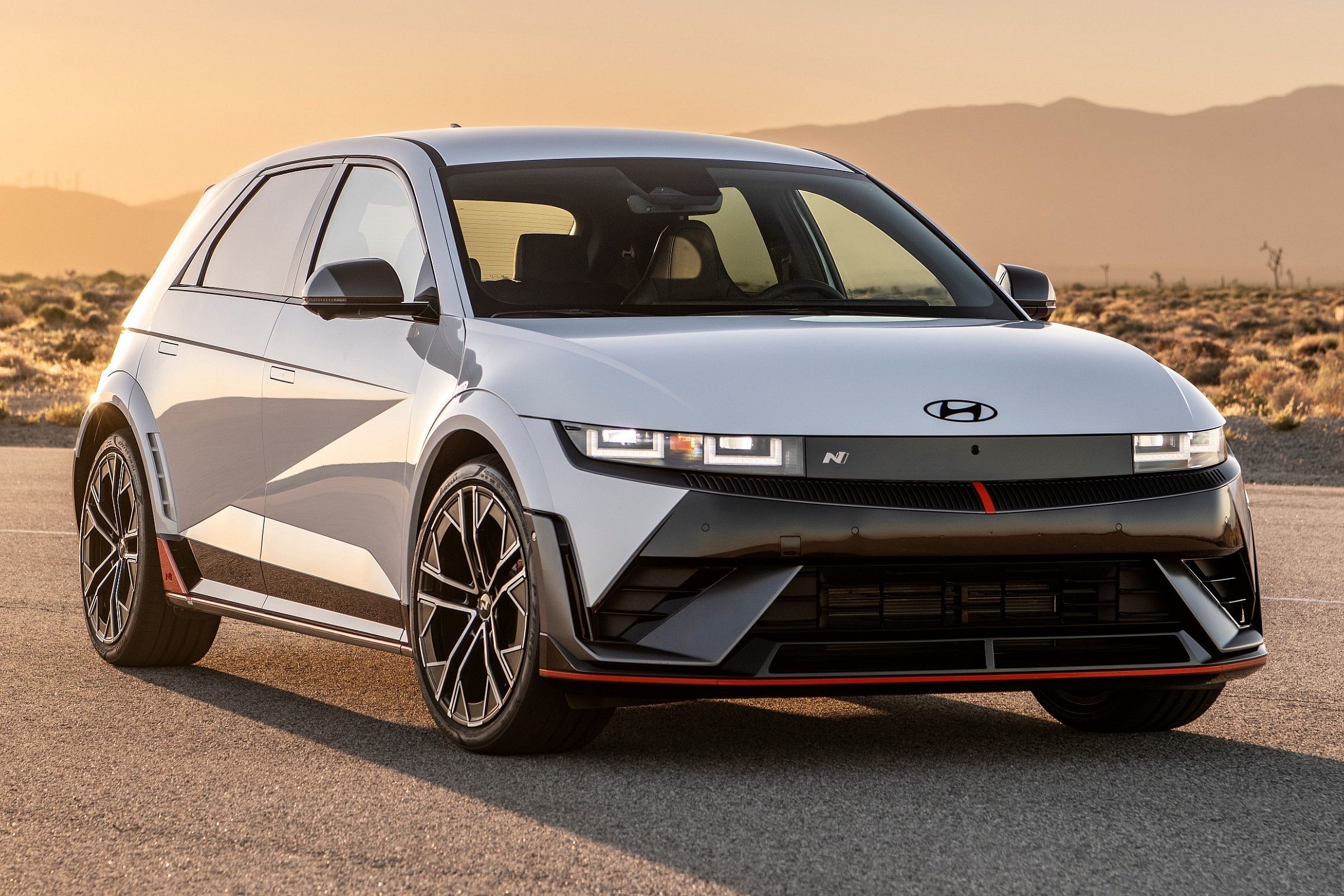

- Base Trim Engine
-
EV
- Base Trim Transmission
-
Automatic
- Base Trim Drivetrain
-
All-Wheel Drive
- Base Trim Horsepower
-
601 HP
- Base Trim Torque
-
545 lb.-ft.
William: The traffic argument is a good one, and the older I get, the more annoyed I become trying to shift my E39 BMW 540i Sport in stop-and-go traffic. But when that happens, I remind myself how fortunate I am to know how to drive stick. I’m among one of the last generations who has learned to manually shift a car myself.It’s becoming a lost art that I’m proud of knowing and to transcend to my own son. Sure, playing around with a clutch pedal in traffic really sucks, but driving manual is also an engaged driving experience, which inherently makes you more alert when driving in a crowded city. Translation: you’ll be a safer driver precisely because you’re more focused on the art of driving.
For EVs, there’s definitely a challenge there as they don’t really need a transmission at all. But to your point regarding the Ioniq 5 N’s simulated gears, it all comes down to the core reason of choosing manual over automatic: how the car feels. Stick shift geeks are well aware that shifting yourself is not about being quicker or more efficient. It’s about emotion, and that’s precisely why the Ioniq 5 N outshines all other performance EVs. It feels organic. It feels mechanical. It feels like you’re in control of the machine. When I drove that car, I knew my brain was being fooled. But I liked it, and I wanted more. This proves that, at the end of the day, a sports car will never be about speed, but rather how it makes you feel behind its wheel.
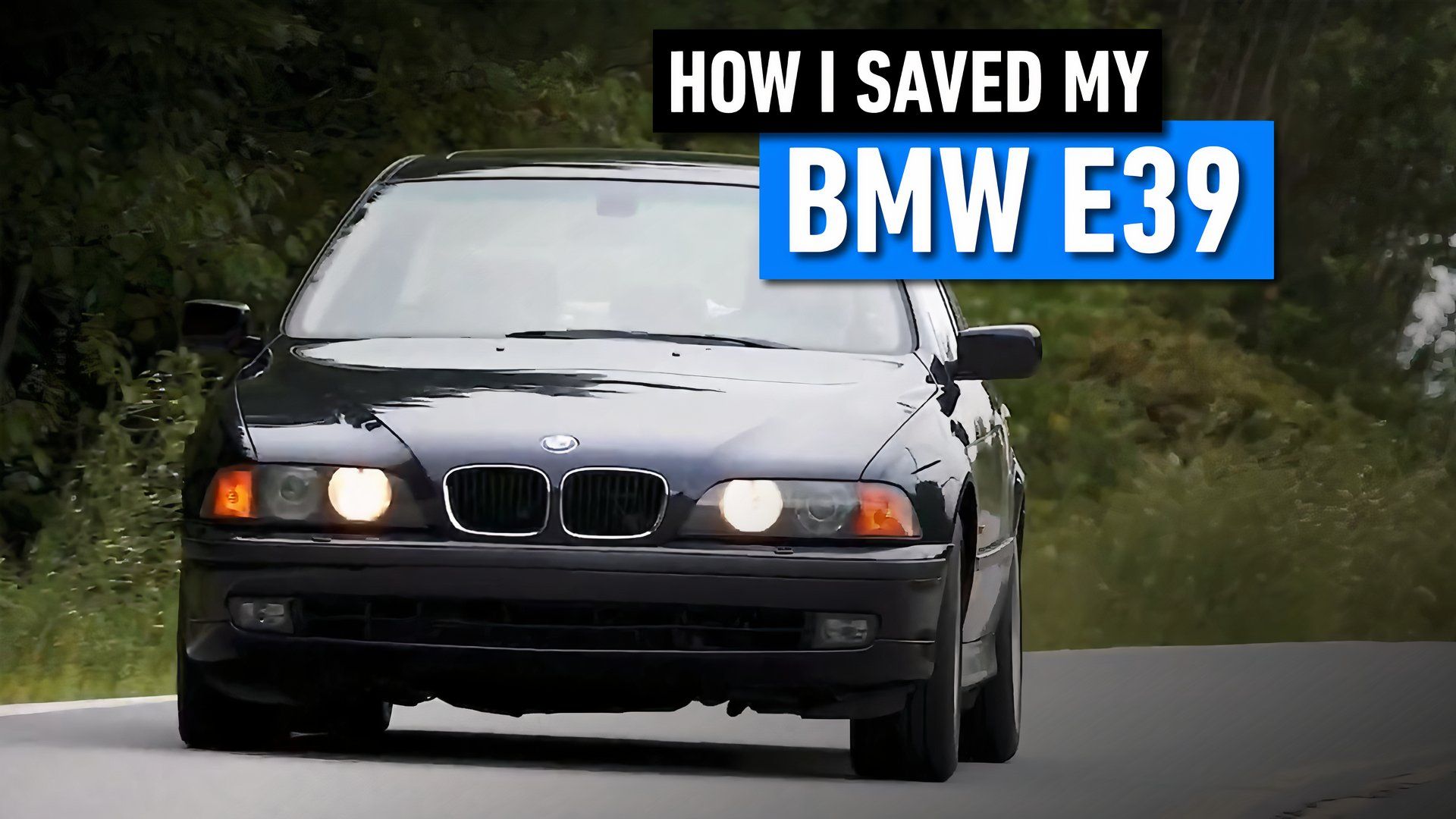
Related
How And Why I Sold My BMW E39 And Bought It Back
The unreal story behind why I sold my 540i Sport, and what led me to buying it back from the person I sold it to.
Where We Can All Agree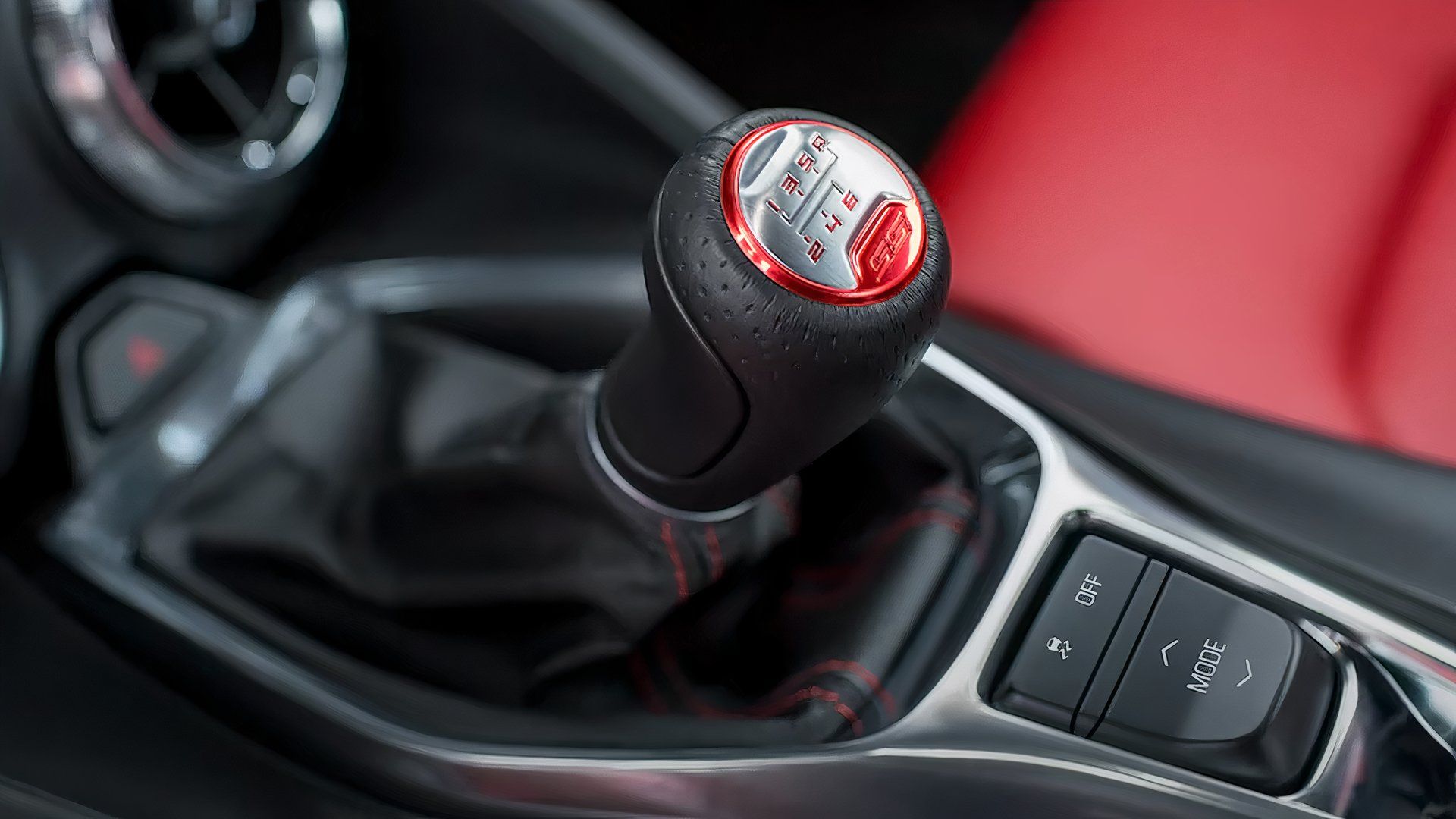
Michael: If there is a future where manuals continue to make sense, it could actually be in EVs. Multi-gear cars exist for a reason: they increase range and efficiency.
So, yes, we do also hope that research on multi-gear, shiftable EV transmissions advances further. This could enable lighter, more efficient powertrains, and lighter cars (typically sports cars) are more fun to drive.
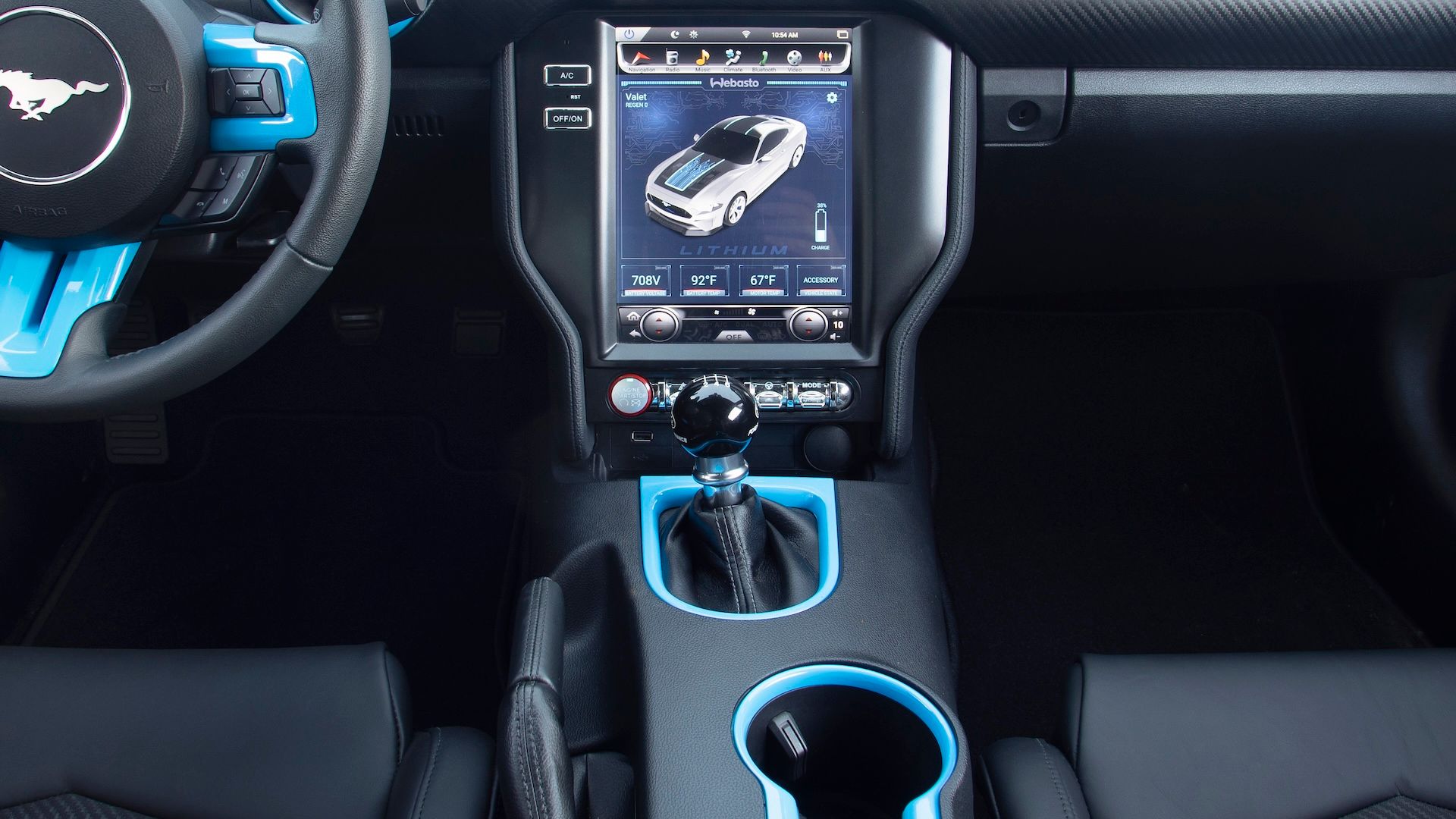
Related
Ford Patented An EV Manual Transmission. Is An Electric Mustang Coming?
Is This How Ford Saves The Manual For The Mustang Moving Forward?
And a genuine two-pedal or even three-pedal electric would be a boon for the future of sports cars. Above all, beyond saving the manuals, we’re 100-percent behind saving a format of car that may not be fully rational, but to us is right up there with ice cream, beer, and sunshine to put grins on our faces.
William: Right on the money there, Michael. Manual cars don’t make sense from an efficiency standpoint, but they do from an emotional standpoint. Human beings are emotional creatures. If we built cars based on efficiency alone, we’d all be driving around in gray boxes. Like humans, cars are colorful, imperfect, loud, fun, and a little silly. I don’t care if my manual transmission becomes a simulation. What I care about is how the car makes me feel when I drive it.

